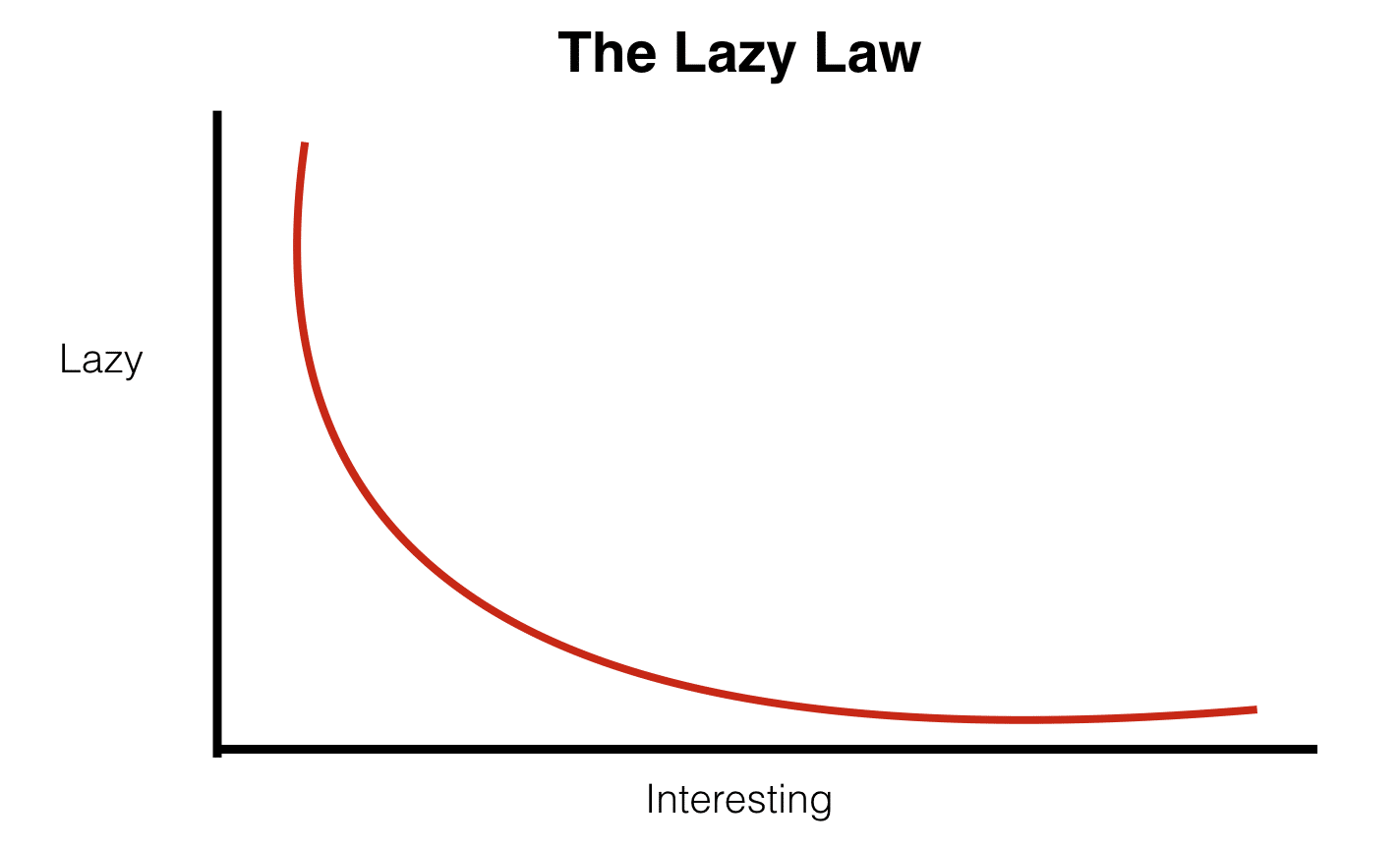Historical places, airship, Bedfordshire local history, airships, national heritage sites, historic preservation, attractions in the UK, heritage sites in the UK, historical monuments, historical landmarks, tourist attractions in the UK, places in UK to visit, tourist in England, historical tourism, R101 and R100 airships.
Shortstown Heritage
Some Interesting People Passing Through......
As can be seen Shortstown and the Camp have seen many changes since 1917 and in modern speak both have been 'reinvented' several times. Each change has attracted experts in their own fields - people who have contributed to society in many ways - and whilst these people never lived in Shortstown they all worked across the road at some point and would have known many of the residents. Let's celebrate their talents....
Sir Alfred Pugsley OBE - a gifted engineer. As a young man he was part of the RAW Design Team working on the R101 airship alongside Harold Roxbee Cox (later Lord Kings Norton) - he was particularly interested in structural safety. He had a very accomplished career and in 1945 was appointed Chair of Civil Engineering at Bristol University. He was awarded an OBE in 1944 and a Knighthood in 1956. Whilst working with the Design Team he lived in Willow Road off London Road in Bedford.
Sir John Fleetwood Baker - For a while John Baker worked as a Technical Officer at the RAW. Later using his structural engineering skills he went on to invent the
indoor Morrison Air Raid Shelter used during WW2 named after the then Minister of Home Security Herbert Morrison. By 1941 500,000 shelters were in use up and down the country with a further 100,000 distributed by 1943.
Neville Shute - more widely remembered today as a successful author with novels such as A Town Like Alice (later made into a film) Neville Shute Norway worked as Chief Calculator (Stress Engineer) on the R100 alongside Barnes Wallis and described his airship experiences in his autobiography Slide Rule (generally acknowledged as anti R101).
From 1939 onwards thousands of young men and women were called up or volunteered to join the Armed Forces - many of the RAF recruits were sent to Cardington to be 'processed' - a procedure taking about five days before being sent on to other units. Others stayed on for further training. Immediately after the war in 1945 the camp then became a 'Demob' unit and processed thousands of RAF personnel leaving the Force. In later years the Camp then registered and prepared young men who were called up for National Service. During these years of the thousands of individuals who passed through the gates some went on to become household names - here are a selection of some of them. Do you know of any others?
Max Bygraves - well known entertainer in the 50's through to the 90's Walter William Bygraves volunteered to join the RAF in 1940. At Cardington Aircraftman Second Class number 1212094 Bygraves quickly showed off his entertainer skills with an impersonation on stage of Max Miller leading to everyone calling him Max which he used ever since. Incidentally it is said that he met his future wife Blossom at the camp at this time when she was serving in the WAAFS as a sergeant. They were married in Sept 1942.
Thomas Dobney - the youngest person to qualify as a RAF Pilot in 1941 at just 15 years and six months old. When he was 14 years and 3 months old Thomas tricked his way into enlisting by lying about his age and pretending his birth certificate was 'lost in the post'. Assuring his mother that he would be training to be part of the ground crew only he left home in April 1940 with her reluctant blessing and half a crown for sweets and arrived at Cardington to be enrolled.
Bill Wyman - member of the Rolling Stones. Highly unlikely as it seems a young Bill was called to the Camp in Jan 1955 for the start of National Service in the RAF - Bill stayed on in the RAF until January 1958. The rest as they say is history......
Donald Campbell CBE - World land and water speed record holder - Donald joined the RAF in 1939 and was actually posted to RAF Cardington in 1940 - sadly his time at Cardington was limited as he had failed to disclose a history of rheumatic fever and was discharged the same year. Like his father (Sir Malcolm) his exploits with the speedboat Bluebird were legendary.
Sir Alan Ayckbourn playwright - Not a willing participant of National Service young Alan was able to side step the two years required by citing a 'leg injury' on his arrival at Cardington in 1959 and was dismissed by a sympathetic medical officer after only two days. At this time in his life (aged just 19) he was already a published playwright and later recounts that on his first attempt at evading national service he failed the intelligence test by scoring two - which was disappointing because he was aiming for zero! Of course his plan failed as the officers quickly saw through him....
(Photograph and story shown here with kind permission from Sir Alan Ayckbourns office - thank you!)






















